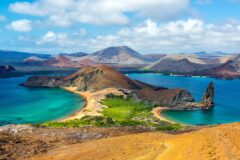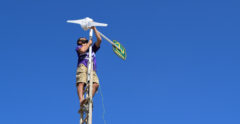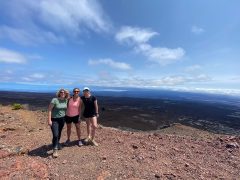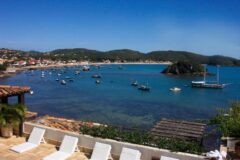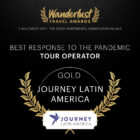The best places to visit in Chile – an ultimate guide

Between the majestic Andes and the Pacific Ocean, Chile is a naturally beautiful sliver of land that packs more diversity into its borders than seems physically possible. This isn’t just another South American destination – it’s a country where you can stargaze in the world’s driest desert, kayak through marble caves, and trek to the base of granite towers that pierce Patagonian skies.
From vibrant cities like Santiago to the remote wilderness of Torres del Paine National Park, Chile rewards every type of traveller. Nature lovers will find themselves spoiled for choice, while outdoor lovers can challenge themselves with multi-day treks through ancient forests and over snow-capped volcanoes.
Whether you’re planning a two-week Chile adventure or dreaming of your next trip to explore untouched landscapes, this guide covers the best places to visit in Chile.
SANTIAGO AREA: cHILE’S CAPITAL
Since Chile’s main international airport is located in the capital city, Santiago will likely be your first taste of this incredible country. Don’t rush through it – Chile’s capital has evolved into one of South America’s most sophisticated cities, with a vibrant street art scene, craft breweries, and restaurants that rival anything you’ll find in Buenos Aires or Lima. The historic centre blends colonial architecture with modern skyscrapers, while neighbourhoods like Bellavista offer great breakfast spots and bustling markets.
Santiago boasts a collection of comfortable hotels perfect for beating jet lag, but the real magic happens when you look beyond the city limits. The Andean backdrop tells you everything – where urban chic meets natural beauty. Most trips to Chile begin here, making it the perfect base for day trips to the surrounding valleys before you venture further afield.
Maipo VaLley: cHILE’S WINE HUB
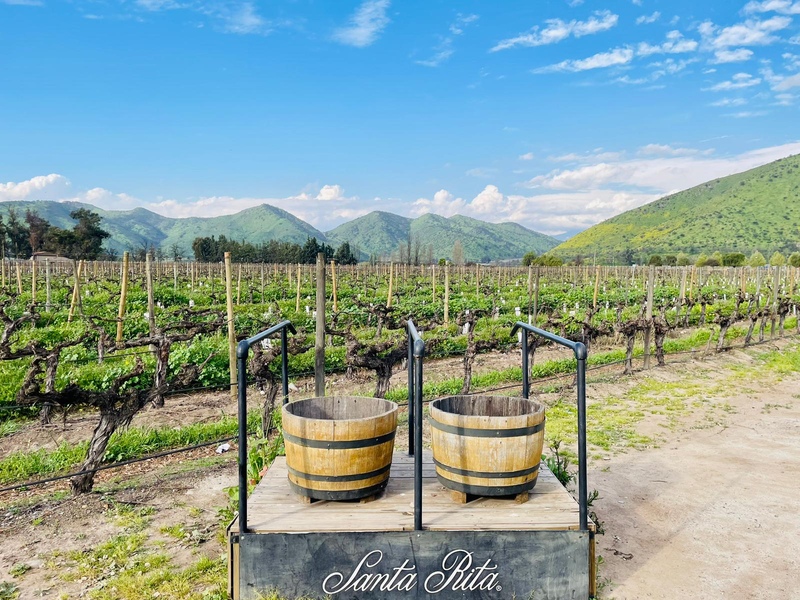
There’s no better place for a tipple or two of Chile’s world-famous wine than Maipo Valley, just an hour from Santiago. Historic estates surrounded by lush vineyards hug the Andean foothills, earning this region the nickname the ‘Bordeaux of South America’. The central valley’s perfect climate – dry summers and cool winters – creates ideal conditions for Cabernet Sauvignon and Merlot grapes that have put Chilean wine on the world map.
Given their proximity to Santiago, these wineries make for the perfect day trip or even an alternative base to the capital altogether. Many estates offer exclusive lodge accommodation where you can wake up among the vineyards, enjoy wine tastings paired with mountain views, and dine on cuisine that showcases Chile’s growing reputation as a foodie destination.
Atacama Desert: The world’s driest desert
Famed for its near-absence of rain, Chile’s Atacama Desert straddles the country’s north between the Andes and the coast. This isn’t just any desert; it’s an otherworldly landscape that’s more Mars than Earth. The best attractions cluster around the town of San Pedro de Atacama, whose Andean setting at 2,400m elevation means the scenery is especially surreal.
San Pedro de Atacama itself doesn’t have an airport, so most people fly to Calama and take a one-hour transfer through landscapes that look like they belong in a science fiction movie. This small town has evolved into Chile’s adventure capital for the north, with adobe buildings housing tour operators, cosy restaurants, and accommodations ranging from backpacker hostels to luxury desert lodges. Tours across the Uyuni Salt Flats in nearby Bolivia also begin and end in San Pedro, making it a convenient launching pad for cross-continent adventures.
Valle de la Luna: Walk on the moon
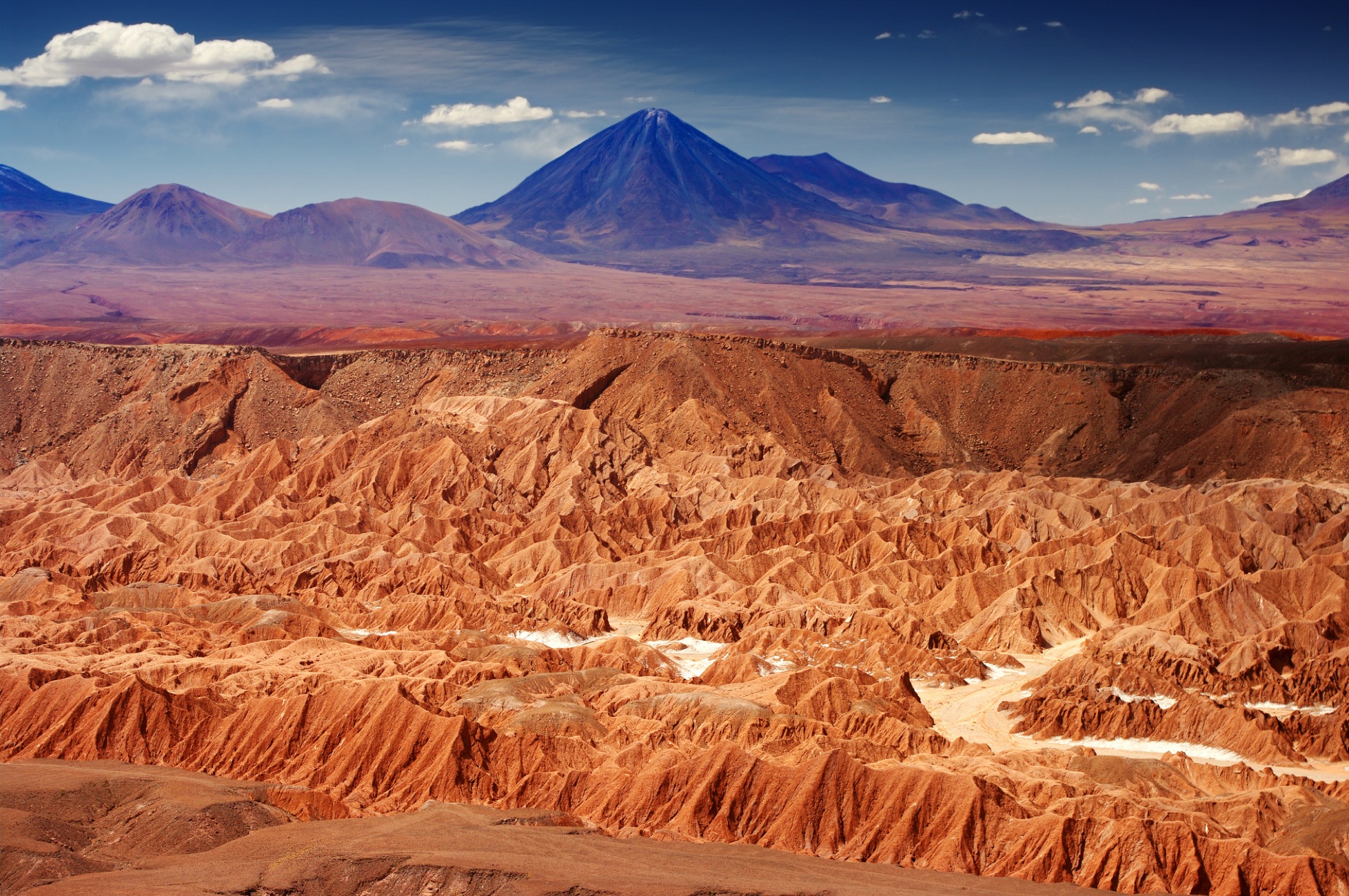
The Moon Valley (Valle de la Luna) is one of Atacama’s absolute must-sees. As the sun sets and the sky turns deep purple, the razor-like rocks and peaks transform into glowing orange and red sculptures, their shadows creating an ever-changing canvas. The landscape feels so alien that NASA certainly agreed when they used the area to test early Mars Rover prototypes – if you’re looking for personal highlights that feel like stepping onto another planet, this is it.
The valley sits just 13km from San Pedro de Atacama, making it an easy afternoon trip that culminates with one of the most spectacular sunsets in South America. The rock formations here are the result of millions of years of wind and rare rain erosion, creating a natural sculpture garden where every angle reveals new shapes and colours.
El Tatio’s erupting geysers
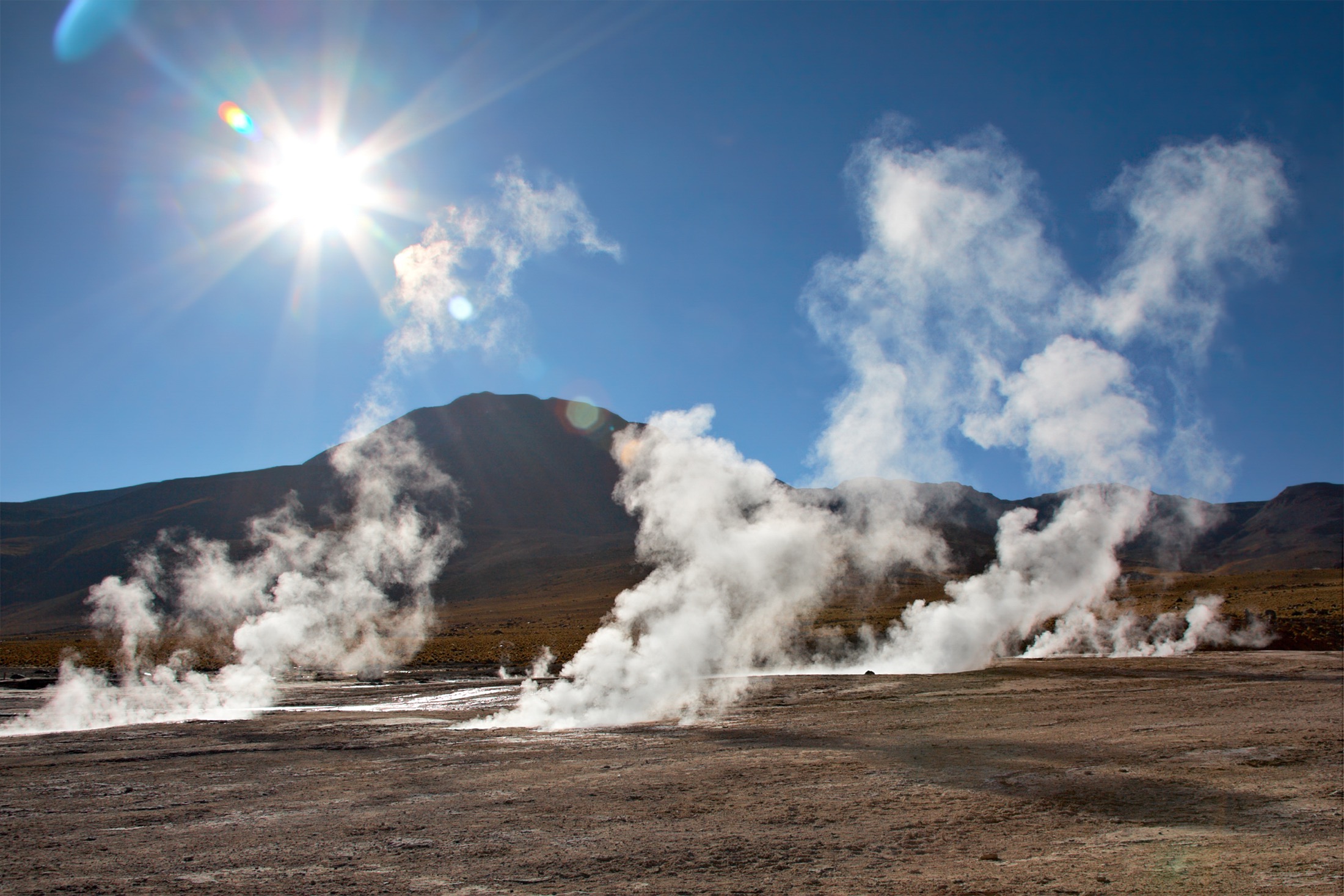
At 4,320m above sea level, the El Tatio Geysers represent one of the world’s largest geyser fields, with over 80 active geysers creating a steaming wonderland in the high Andes. Most tours visit at sunrise when the golden light brings out their ethereal beauty – columns of steam rising up to 10m into the crisp mountain air.
On your way there, keep your eyes peeled for some of the Altiplano’s remarkable wildlife. Vicuñas – the alpaca’s wild relative with incredibly soft fur – graze on sparse grass, while Andean flamingos wade through lagoons.
Atacama Lakes: Pretty in pink
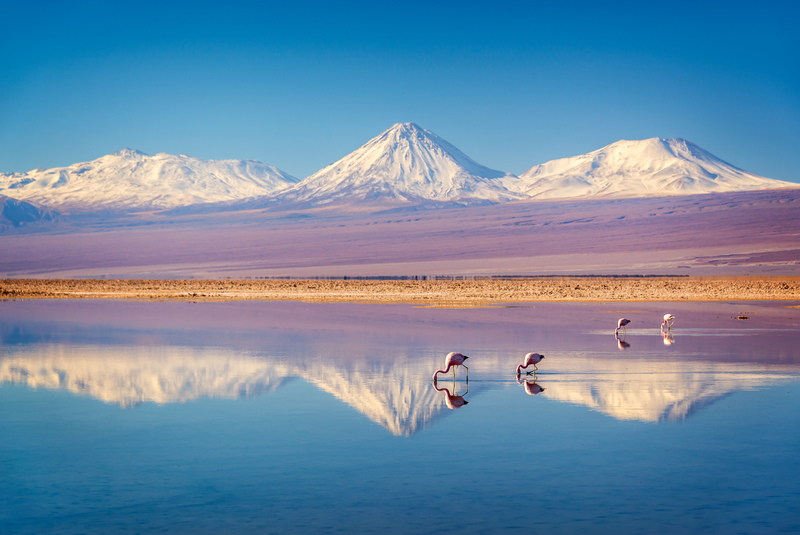
Flat, mirror-calm lakes scattered across the fringes of the Atacama Desert and Altiplano create their own brand of beauty. The best two to visit are Laguna Chaxa, part of the Los Flamencos National Reserve, where three species of flamingo – Andean, Chilean, and James – create pink clouds against the white salt crust.
Then there’s Laguna Cejar, where the emerald waters contain so much salt you can float on the surface. The sensation of effortlessly floating while surrounded by snow-capped volcanoes and endless desert is surreal.
Starry, starry night skies
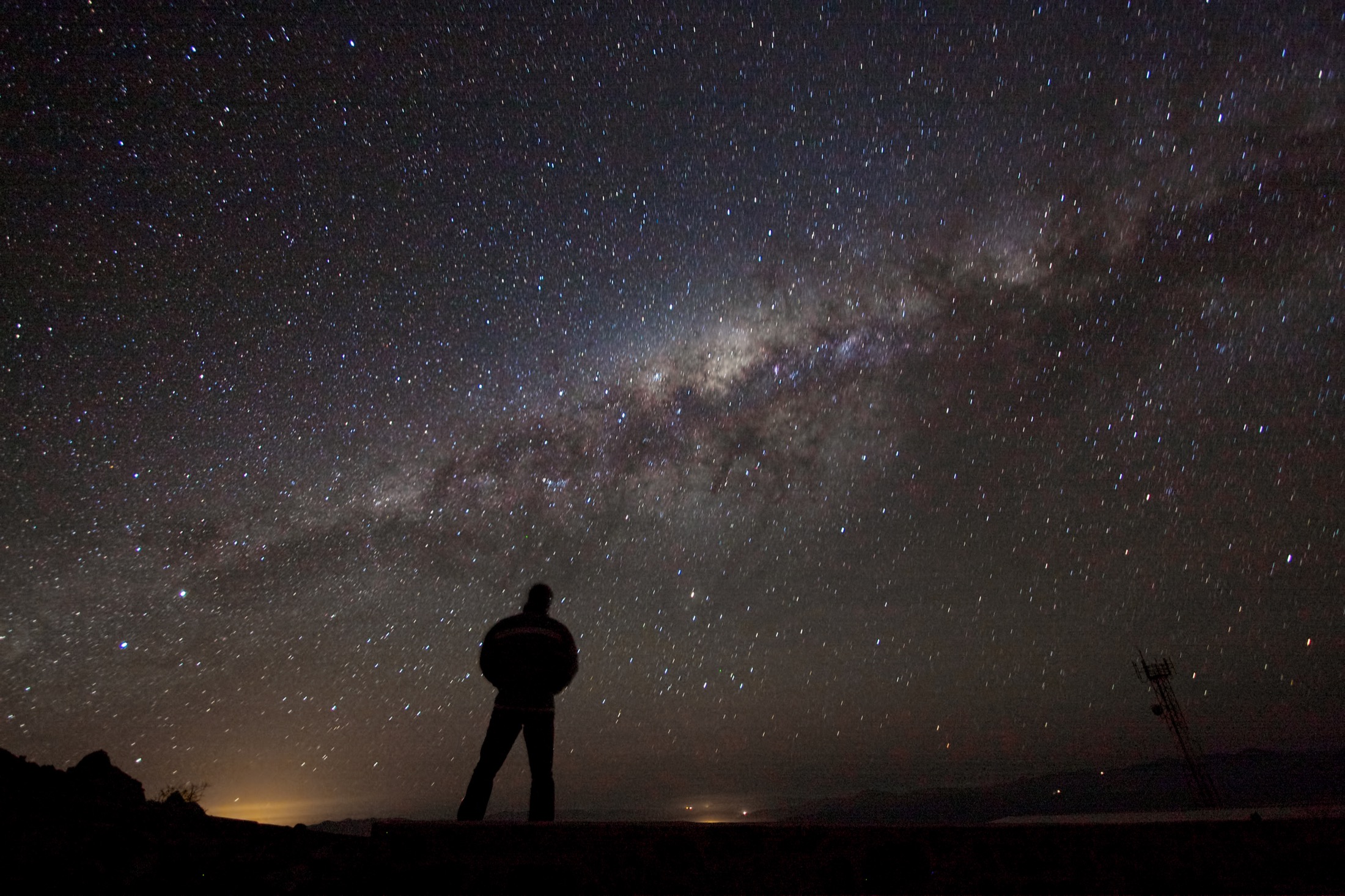
It’s always worth craning your head upwards when you’re in Chile’s wilderness, but nowhere more so than in the Atacama Desert. A complete absence of light pollution, minimal cloud cover, and high altitude combine to create what many consider the world’s best stargazing conditions.
Head out with an expert guide who knows the night sky like the back of their hand, and you’ll be shown planets, nebulae, and constellations, including some that guided the Incas across their empire. Many tours use professional telescopes that reveal details of Saturn’s rings, Jupiter’s moons, and distant galaxies.
Easter Island (Rapa Nui): Maoi culture
Isolated from the rest of Chile by about 2,000 miles of open Pacific Ocean, tiny Easter Island (known locally as Rapa Nui) is a place whose very name evokes wonder, much like Tibet or Timbuktu. This UNESCO World Heritage Site sits closer to Tahiti than to Chile’s mainland, making it one of the most remote destinations you can visit. The famous moai statues are scattered across the island like ancient sentinels, and you’ll spot plenty during short hikes, drives, or cycles around this volcanic wonderland.
Anakena Beach: Isolated paradise
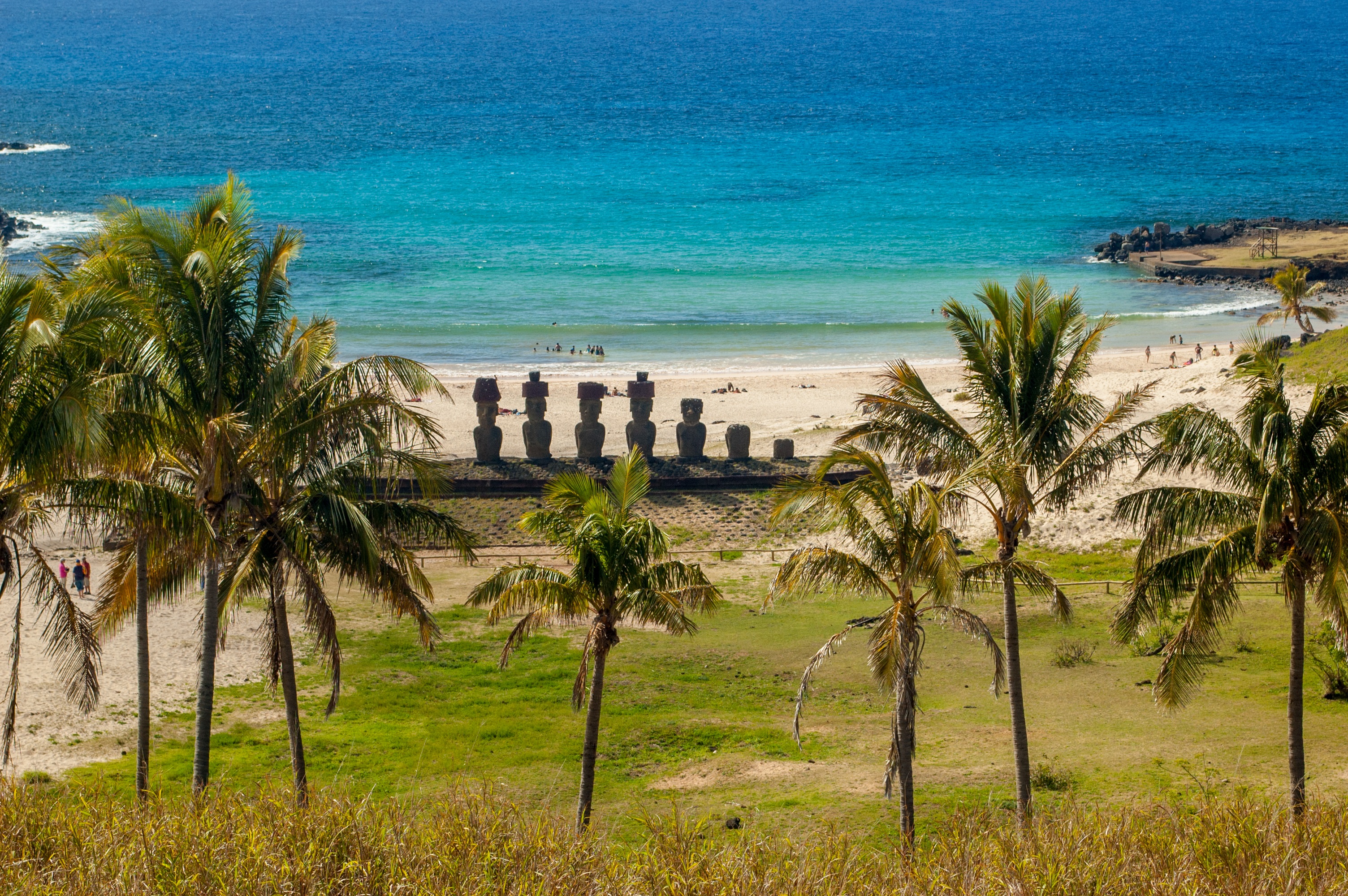
If there’s one place you must visit during your journey to isolated Easter Island, make it Anakena Beach. This stunning bay perfectly encapsulates everything magical about Rapa Nui: creamy white sand cradling electric blue waters, fringed by swaying palm trees and a line of moai statues standing eternal watch. These silent guardians have been enjoying this view for over 500 years, and they picked the perfect spot.
The beach offers the island’s best swimming, with calm waters protected by the bay’s natural curve. It’s also where Polynesian settlers first landed around 1,200 years ago, making it a site of immense cultural significance.
Lake District: Chile’s green heart
About 500km south of Santiago begins what locals call ‘green’ Chile, and the contrast with the arid north couldn’t be more dramatic. The Chilean Lake District landscapes are reminiscent of the English countryside – winding roads, rolling hills, and abundant black-and-white cows grazing in fields. Yet constant reminders that you’re on the other side of the planet appear around every corner: snow-capped volcanoes pierce the horizon, and temperate rainforests drip with moss thick enough to walk on.
Most people access the Lake District via Puerto Montt, from where it’s easy to reach either Chiloé Island or the resort town of Puerto Varas. Further east lies Pucón, which outdoor lovers consider worth the longer journey for its adventure sports and volcano climbing.
Chiloé Island: Scandi vibes

Chiloé National Park protects just a fraction of this mystical island, but the entire place feels like stepping back in time. The island’s palafito villages represent a unique architectural fusion – bright red log cabins reminiscent of Norway mixed with stilts over water like Amazonian settlements. This wasn’t accidental; Chiloé’s palafitos emerged from the fusion of European colonist and indigenous Mapuche cultures when the island was first settled.
You’ll find these iconic palafitos in Castro, Ancud, Quemchi, and Chonchi, each town maintaining its own character while sharing the island’s mystical atmosphere. Another uniquely Chilote example of cultural fusion appears in the island’s wooden churches – many UNESCO World Heritage Sites built entirely without nails using traditional techniques passed down through generations.
Muelle de las Almas (Dock of Souls)
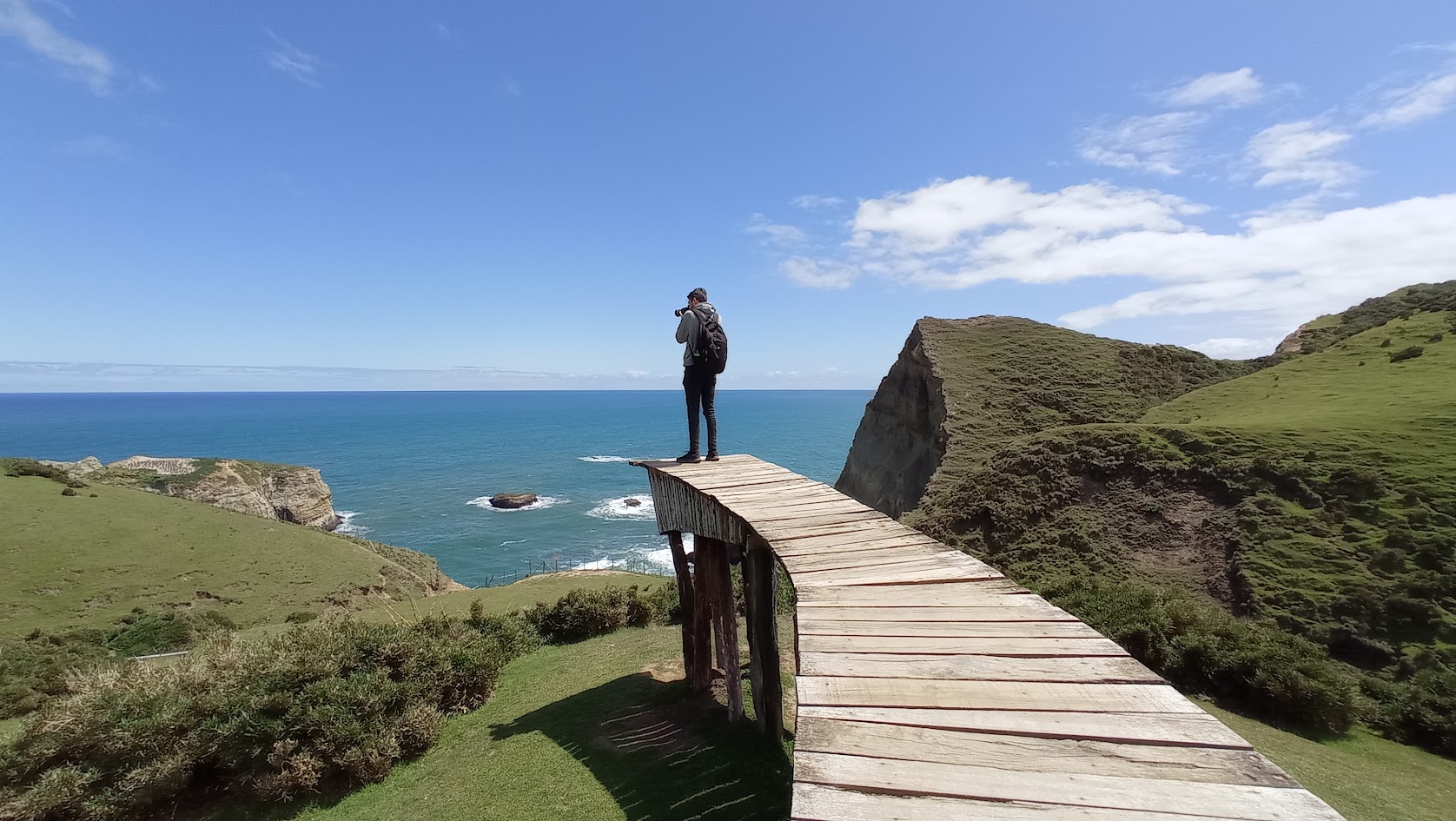
Chiloé’s verdant hills plunge dramatically into the Pacific along the island’s western coast, creating some of Chile’s most fairytale landscapes. Things get even more mystical around the Muelle de las Almas, where a curved wooden boardwalk extends toward precipitous cliffs. Named after a local legend claiming wandering souls pass through here to reach the afterlife, this artistic installation has become one of Chile’s most photographed spots.
The dock itself stops well short of the cliff edge, but the sensation of walking toward the endless Pacific while moss-covered hills roll behind you creates a surreal experience.
Puñihuil: Bird haven
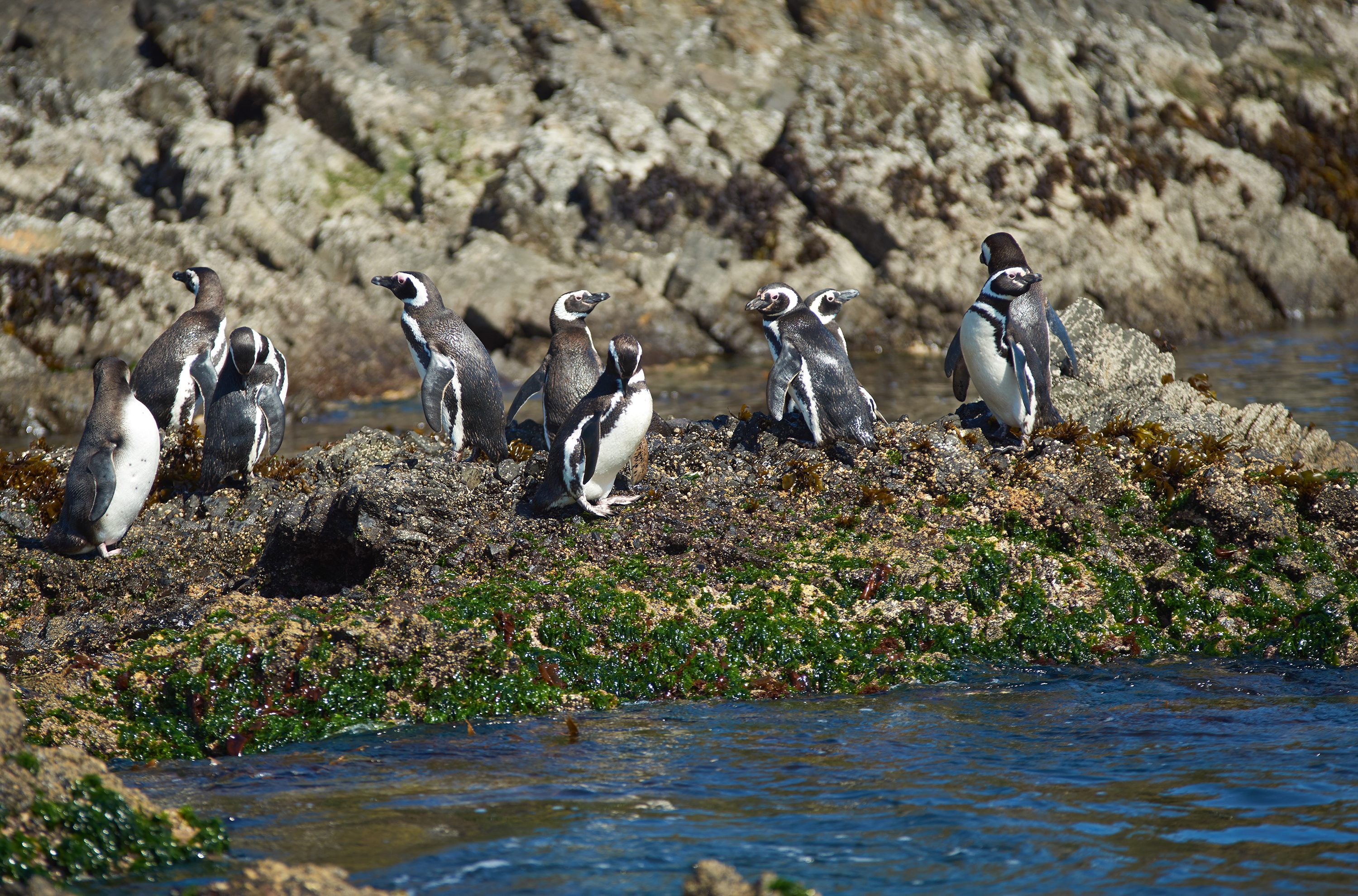
The rocky islets of Puñihuil become even more dramatic thanks to the incredible abundance of seabirds that call them home. Dove-white kelp geese share wave-battered rocks with both Humboldt and Magellanic penguins – this being the only place in South America where these two species’ ranges overlap.
Look up to the sky, and you’ll spot cormorants and brown pelicans performing comically awkward landings before standing vigil over their nests like feathered gargoyles. These permanent avian residents are often joined by passing humpback whales and dolphins, turning every boat tour into a wildlife lottery where you never know what might surface next.
Lago Llanquihue: Volcanoes and cake
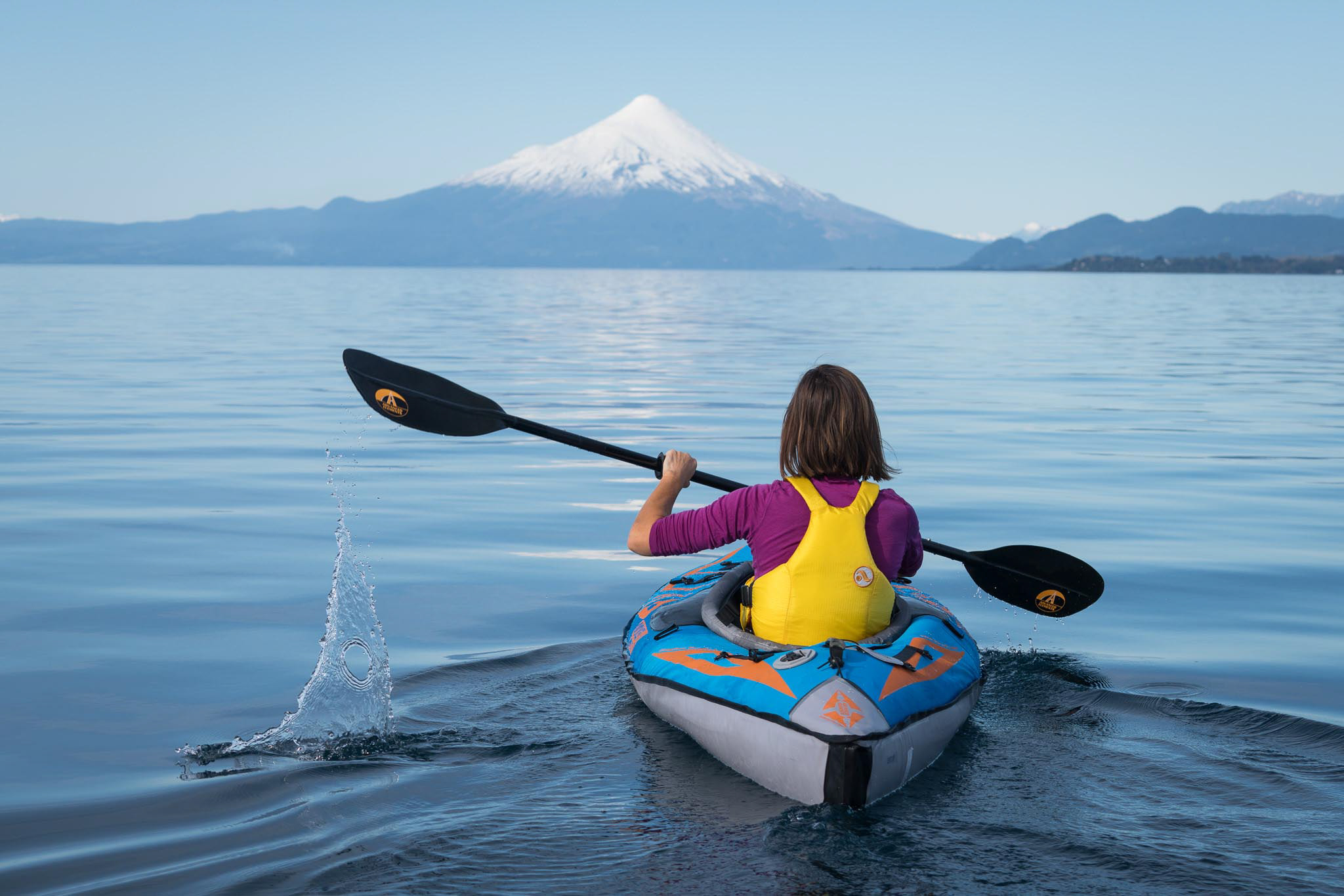
The Chilean Lake District has no shortage of its namesake feature, but if you’re visiting just one, make it Lago Llanquihue. Sitting within easy reach of Puerto Montt, this sublime lake is ringed by picture-perfect towns and dominated by the magnificent Volcán Osorno. The German influence here is strong – 19th-century settlers brought their architecture, cuisine, and love of afternoon cake, creating towns that feel more like Alpine villages than South American settlements.
Grab a paddle and kayak across the glass-like surface, or lace up hiking boots for treks through ancient alerce forests. End each day with a slice of local German-style kuchen cake and a craft beer while watching the sunset paint Osorno’s snow-dusted peak in shades of pink and gold.
Marble Caves: Mystical wonderland
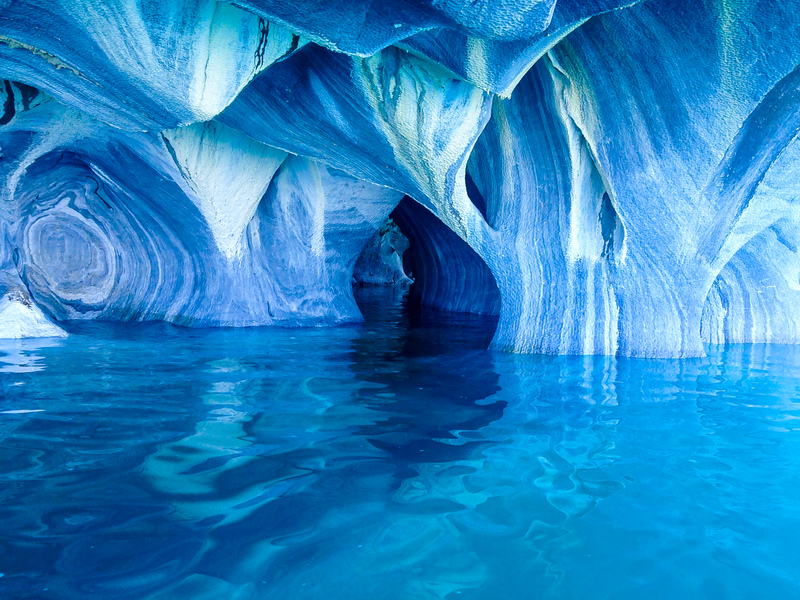
The Marble Caves grow progressively more ethereal as you kayak deeper into this subterranean paradise. What begins as an interesting cliff face with a base of stony pillars transforms into a mesmerising labyrinth of bright blues and purples as you enter the caves themselves. The marble walls, carved by thousands of years of glacial water, create a natural cathedral where light bounces off the polished stone in ways that seem impossible.
Located on General Carrera Lake near the tiny village of Puerto Rio Tranquilo, the caves require a boat tour to access – kayaking offers the most intimate experience, allowing you to glide silently through chambers where the water glows like liquid sapphire.
Pucón: For adrenaline junkies
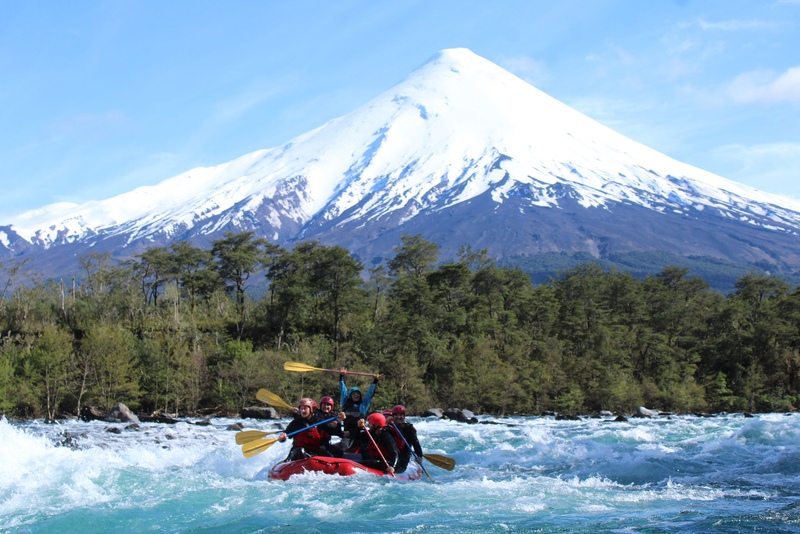
Come seeking thrills, leave having found more than you bargained for – the small city of Pucón has built its reputation on outdoor adventures. The high point for many involves climbing Volcán Villarrica, a five-hour trek requiring ice picks and crampons for the final approach to an active crater. The reward? Views across the entire Lake District and the satisfaction of standing on the top of one of Chile’s most active volcanoes.
When not climbing volcanoes, visitors careen down ski slopes, white water raft, and scale granite crags that offer some of Chile’s best rock climbing. The town itself has evolved with an international dining scene and craft breweries. After days spent pushing physical limits, there are numerous hot springs scattered around the area where you can soak tired muscles.
Torres del Paine National Park: Simply breathtaking
An almost unfairly beautiful corner of southern Chile where ancient ice sheets meet a gathering of granite peaks, Torres del Paine National Park stands head and shoulders above its counterparts across Patagonia. The park combines some of Patagonia’s best wildlife viewing with excellent roads in some areas and trails that venture miles from civilisation in others. Mix this wildlife with bright blue glacial lakes, ancient glaciers, and those famous granite towers, and the only surprising thing about Torres del Paine is that it took so long to become famous.
Puerto Natales serves as the gateway town to Torres del Paine, its small airport connecting with Santiago and Puerto Montt during summer months, when most of the park’s visitors arrive. The park can also be reached overland from Punta Arenas, the regional capital, though most people prefer the shorter route from Puerto Natales. Located roughly 90 minutes north of Puerto Natales, a paved road skirts the southern end of the park’s cluster of lakes, and offers stunning overlooks of the famous granite towers, making day trips possible for those short on time.
Mirador Base

Mirador Base might just deliver the most iconic view in all of Chile – an azure lake nestled directly beneath the soaring granite towers of Torres del Paine that gives the park its name. This view serves as the spectacular reward for one of Patagonia’s most famous day hikes: seven to 10 hours of trekking through rolling steppes, ancient lenga forests, and across swinging bridges that add just enough excitement to keep things interesting.
Glacier Grey
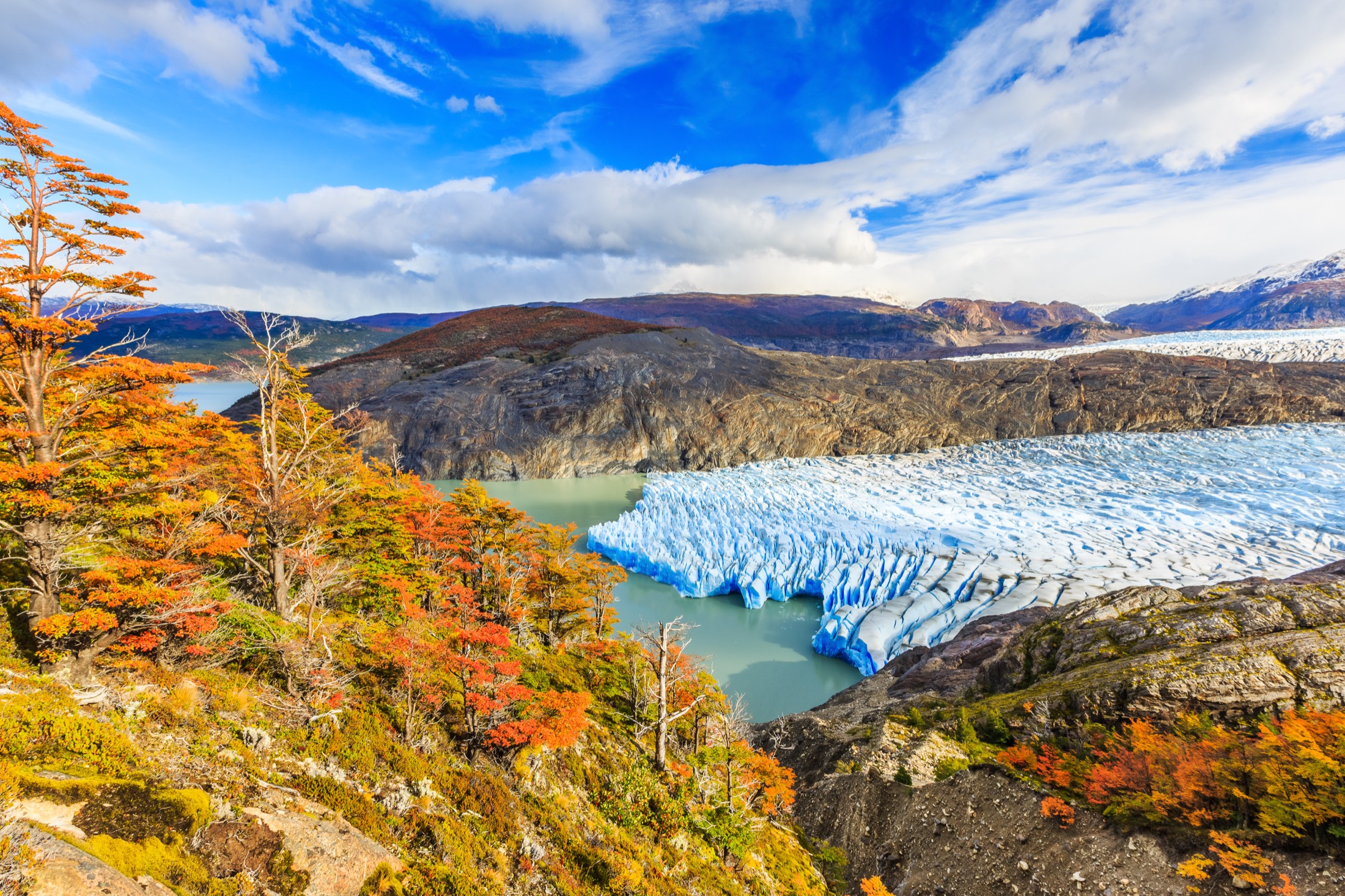
Despite its rather dour name, Glacier Grey provides a highlight of many visits to Torres del Paine National Park. If you tackle either of the park’s famous hiking circuits – the W Trek or the full Torres circuit – you’ll spend at least one night camped just five minutes from the glacier viewpoint. The approach takes you up and down the western side of the park’s mountain cluster, with stunning views of glacial lakes far below and granite spires piercing the sky above.
Once you reach the campsite and drop your pack, the final five-minute walk ends in pure visual bliss: the sun setting over a glacier that flows directly from the Southern Patagonian Ice Field. Alternatively, you can experience Glacier Grey via a boat tour, navigating through floating icebergs and getting close enough to hear the glacier creaking and groaning as it slowly flows toward the lake.
Queulat National Park: Enchanted forest
Hours south of the Lake District, Queulat National Park protects some of Chile’s most pristine temperate rainforest, where hanging glaciers drape between peaks like frozen waterfalls. This is one of Chile’s lesser-known places, which means you’ll have hiking trails largely to yourself as you explore ancient forests where trees grow so densely that the forest floor remains in perpetual twilight. The park’s most famous feature, the Hanging Glacier, cascades down a cliff face in a frozen waterfall that seems to defy gravity.
planning your chile tour
when to visit chile
Chile’s geography means you’re essentially choosing between different countries depending on when you visit. Summer months (December to February) offer the best weather for most destinations, especially in Patagonia, where many lodges and services only operate during this period. However, summer also brings crowds to popular destinations like Torres del Paine, where accommodation must be reserved months in advance.
Spring (September to November) and autumn (March to May) offer excellent conditions for visiting the Atacama Desert and central regions, with mild temperatures and clear skies. Winter (June to August) can be spectacular in the Atacama, where daytime temperatures remain comfortable and night skies reach their absolute best for stargazing. Patagonia in winter brings its own harsh beauty, though wild camping becomes challenging and many services close.
Getting around Chile
Chile’s extreme length means domestic flights make sense for covering long distances, with most routes transiting through Santiago. For shorter distances, especially in the Lake District and southern Patagonia, overland travel is enjoyable, as well as practical.
General Chile travel tips
Chile’s vertical geography means you’ll encounter a variety of climates.
- Atacama Desert: Similar to Morocco – blazing days, chilly nights
- Santiago: Like Spain – Mediterranean climate, perfect for city breaks
- Lake District: England vibes – green, mild, occasionally drizzly
- Torres del Paine: Northern Scotland – dramatic, windy, unpredictable
Essential information:
- Language: Spanish, though most tourism workers speak basic English
- Currency: Chilean Peso (around 1,000 to the pound)
- Safety: Petty crime exists in cities – usual precautions apply
- Transport: Domestic flights for long distances, private vehicles (with us) for scenic routes
- Time zones: Three zones – Easter Island, Magellan region, and the rest of Chile
- Money: Cards accepted everywhere, and ATMs are plentiful in main cities
Packing essentials:
Layers and sunscreen everywhere you go. The Atacama can be freezing at night despite daytime heat, and Patagonia’s thin ozone layer makes sunburn dangerously easy.
Frequently asked questions
Is Chile a good place for tourists? Absolutely. Chile offers excellent infrastructure, safety standards above most of South America, and incredible diversity. You can experience world-class wine regions, alien desert landscapes, and pristine wilderness all in one trip.
Is Chile or Argentina prettier? That’s like choosing between chocolate and wine – both incredible, both completely different. Chile offers more compact diversity (desert to glaciers in hours), while Argentina gives you vast spaces and epic road trips. Why not do both with us?
What is the nicest city in Chile? Santiago wins for sophistication and culture, Puerto Varas charms with its lakeside alpine feel, while Valparaíso brings bohemian coastal vibes. Each has its own personality – it depends on what you’re after.
Which part of Chile should I visit? First trip? The Atacama Desert and Patagonia gives you Chile’s greatest hits. Love wine? Central Valley. Seeking adventure? Lake District and Pucón. Want something unique? Easter Island. On our Chile tours, you can see all the big-hitters.
What is the most beautiful place in Chile? Torres del Paine takes most votes, but beauty here is diverse. The Atacama’s alien landscapes, Marble Caves’ ethereal blues, Easter Island’s mystical moai, or the Lake District’s green tranquillity – each is beautiful in completely different ways.
Is Chile very expensive? More expensive than neighbouring countries, but still reasonable value.
 |
Tailor-made holidays
Flexible, custom-made holidays to Latin America created to match your exact requirements: our tailor-made itineraries are as unique as the clients for whom they are designed.
Design my tripPapagaio
Your edit for Latin American inspiration
Our exciting range of articles on Latin America explore everything from iconic destinations and lesser-known cultural gems to delicious traditional recipes. You’ll also find exclusive travel tips, first-hand client reviews and the chance to get your personal questions answered by our travel experts.
View Extraordinary Inspiration